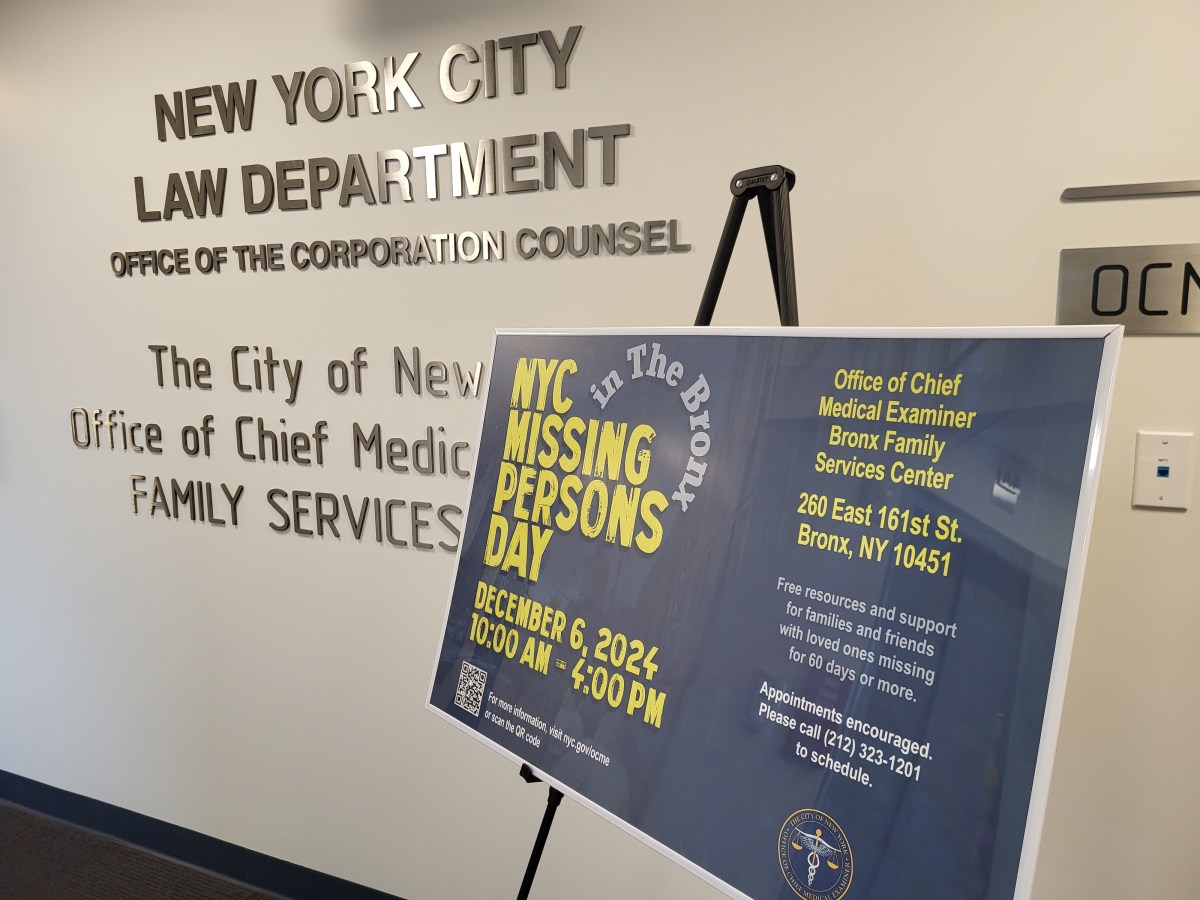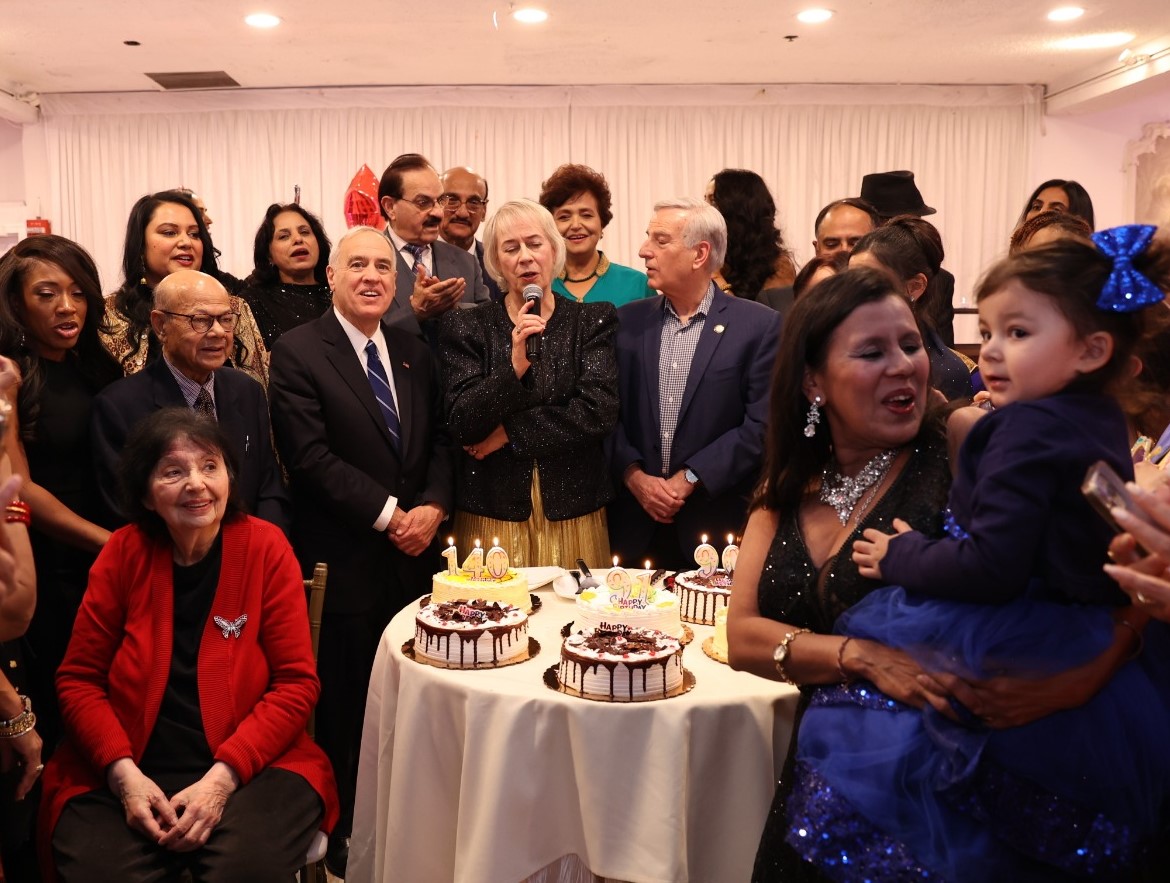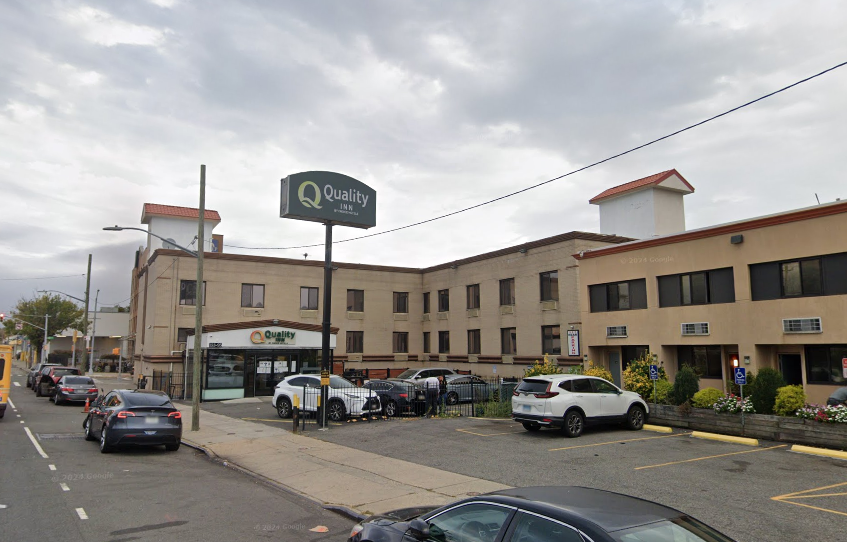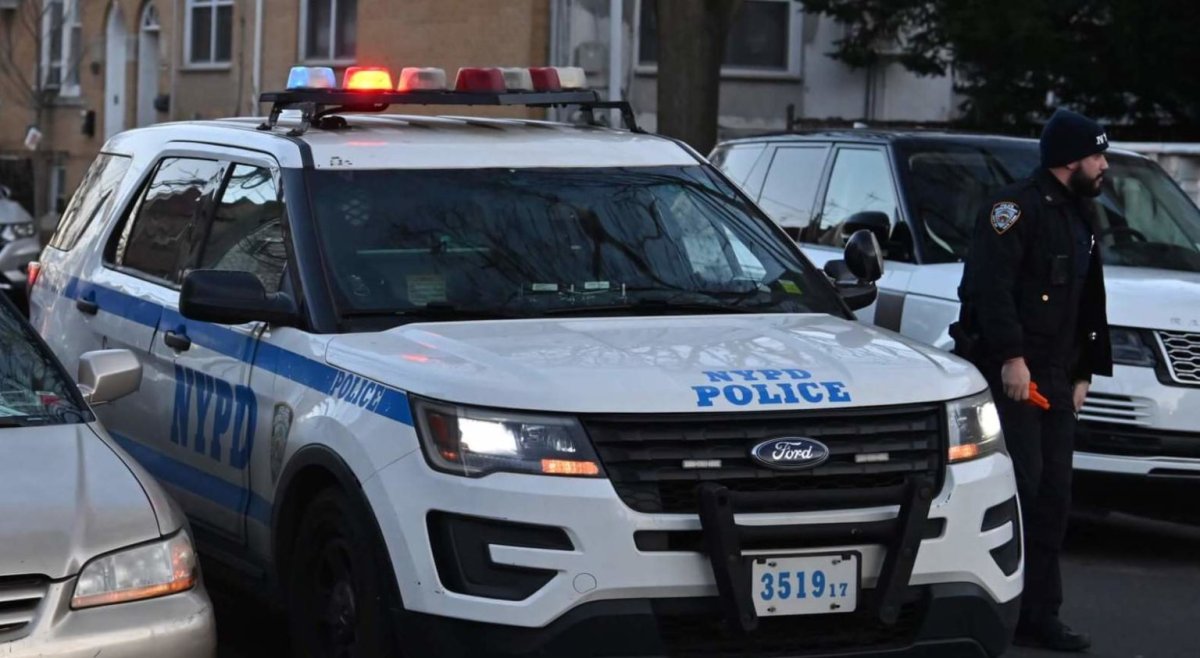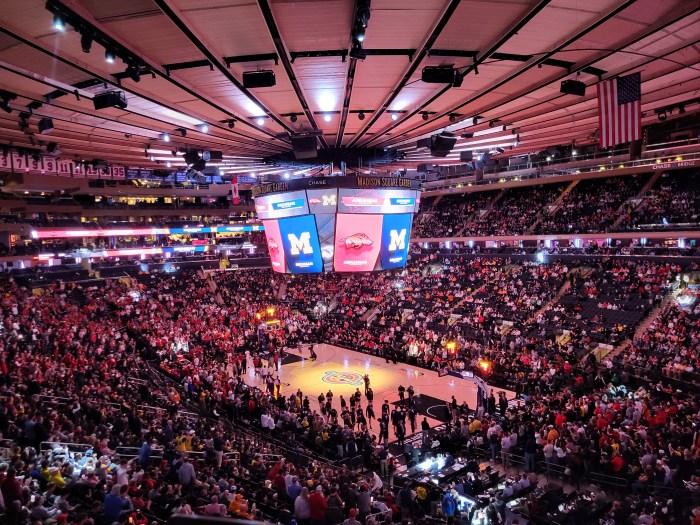Community Board 2’s resolution on the Rudin plan to redevelop the former St. Vincent’s Hospital site is hard-hitting and thorough. It’s the first step in the city’s seven-month ULURP review.
Most notably, C.B. 2’s resolution recommends that a rezoning not be granted to increase the allowable residential floor area ratio (F.A.R.) for the former hospital’s east campus to 6.02 along Seventh Ave., as well as along W. 11th and 12th Sts. — which would increase existing residential zoning by 175 percent on the avenue and 200 percent on the side streets.
However, Rudin notes its current design — with 450 high-end residential condos — would have less bulk than the former hospital’s east campus. The Rudin project would, indeed, contain 86,000 square feet less. As a result, Rudin officials say, their project would allow more sunlight into the area.
Rudin has also already reduced the design’s size four times — from 624,000 to 590,000 square feet and from 22 to 16 stories at its peak.
Furthermore, Rudin provided a financial guarantee for a new 564-seat school in the Foundling Hospital building on W. 17th St. Although the city is paying the roughly $60 million to buy and outfit the space, Rudin basically pledged to buy it should the city default. Yet, the School Construction Authority rarely defaults.
In addition, Rudin helped bring in North Shore-Long Island Jewish Health System to create a free-standing emergency department and healthcare center in the St. Vincent’s O’Toole Building. So, in a couple of years, the neighborhood fortunately will have significant healthcare restored. Rudin has committed $10 million toward this $110 million facility.
The developer has also pledged to create a public park on the triangle south of O’Toole. Again, Rudin is paying $10 million toward this park — though also using it to satisfy the condos’ open-space requirement.
Certainly, the condos and healthcare center and E.R. will be welcomed by local merchants, and provide a significant number of construction jobs in a stalled economy. In addition, the new Rudin residences would finally put this property on the city tax rolls.
However, Rudin must do more. Rudin is asking for considerable zoning concessions that will sharply increase residential presence in a landmarked district.
There will reportedly be a $29 million unit in this development. If that kind of profit is facilitated by a zoning change, a giveback of affordable housing is absolutely necessary.
Rudin says it couldn’t use inclusionary zoning (“I.Z.” — where more F.A.R. is granted for adding affordable units) because the site is landmarked. Bill Rudin indicated to us they don’t plan to apply for programs like 421-a (where a developer gets a tax break if 20 percent of the units are affordable).
But we feel affordable units must be included — either in the condo building or off site.
To alleviate local school overcrowding, Trinity Real Estate and N.Y.U. in their rezoning deliberations are providing space for new public schools — at an estimated cost of roughly $60 million and $40 million, respectively. Given Rudin’s project is smaller, it should give at least $15 million, whether toward the hoped-for purchase of 75 Morton St. or another school need.
We asked John Gilbert, Rudin’s C.O.O., if the developer would answer the Live and Learn Coalition’s plea to help buy 75 Morton St. He said Rudin is trying to “help effectuate” a deal there, as it did at Foundling — yet, so far, Rudin hasn’t committed any money. This rezoning should not be granted without a tangible benefit for local schools.
The rezoning and profits Rudin would be making are both substantial. What the developer gives back to the community must be equally substantial.






